This blog may contain affiliate links, meaning I earn a small commission if you make a purchase through these links, at no additional cost to you. As an affiliate, I only promote products and services I trust and believe will add value to my readers.
Building muscle as a teenager can be an exciting journey, but it’s essential to do it safely. Teens’ bodies are still growing, and using proper techniques, nutrition, and recovery strategies will help avoid injuries while achieving great results. This guide will walk through everything teens need to know about gaining muscle in a safe, effective way, including top-rated Amazon products that can support their fitness goals.
Understanding the Basics of Muscle Development
Muscle growth, or hypertrophy, occurs when resistance training challenges the muscles, causing small tears in the muscle fibers. These fibers repair and grow stronger with the right nutrition and rest. For teens, it’s crucial to focus on proper form, moderate intensity, and gradual progression to avoid injuries and long-term health issues.
Key principles of muscle growth:
- Progressive Overload: Gradually increasing resistance or repetitions over time.
- Balanced Nutrition: Eating enough protein, healthy fats, and carbohydrates.
- Rest and Recovery: Muscles grow when the body is at rest, not during workouts.
- Proper Form: Ensuring exercises are performed correctly to prevent injuries.
Safety First: Avoiding Injuries and Overtraining
Teens should prioritize safety when working out. Overtraining or lifting excessively heavy weights can lead to injuries, stunted growth, and burnout. A good approach is to start with bodyweight exercises and gradually incorporate weights under professional supervision or with guidance from reputable sources.
Here are some safety tips:
- Always warm up before exercising and cool down afterward.
- Focus on proper form rather than lifting the heaviest weight possible.
- Listen to the body—soreness is normal, but sharp pain is a warning sign.
- Avoid overloading joints and tendons with excessive weight.
- Allow at least 48 hours for muscle groups to recover before training them again.
Creating a Balanced Workout Routine
A well-rounded workout plan is essential for balanced muscle development and avoiding muscle imbalances. Teens should include exercises that target all major muscle groups.
Recommended routine:
- Strength Training (3–4x per week) – Squats, push-ups, pull-ups, dumbbell presses.
- Cardio (2–3x per week) – Running, cycling, swimming.
- Flexibility Training (2–3x per week) – Stretching, yoga, foam rolling.
Recommended Product: Adjustable Dumbbells
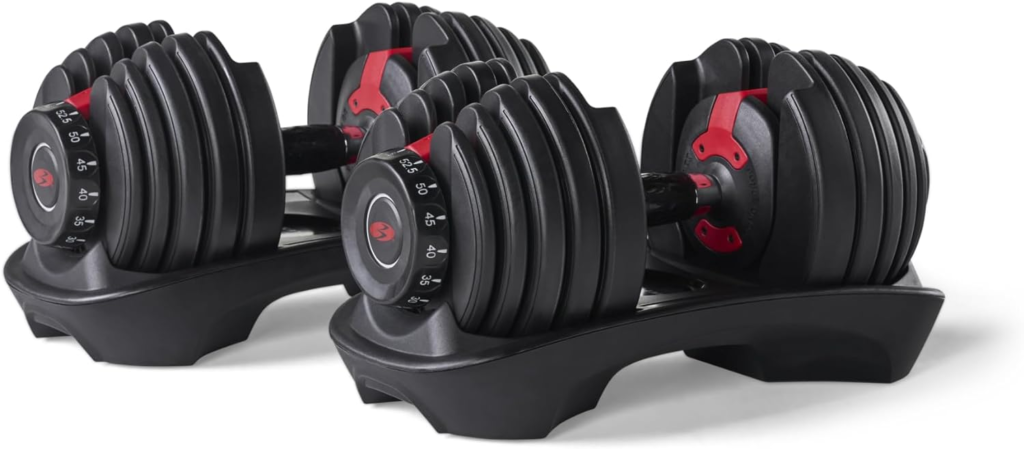
- Highly rated for durability and ease of use.
- Adjustable weight settings for progressive training.
- Perfect for home workouts without taking up too much space.
The Role of Nutrition in Muscle Building
Nutrition plays a massive role in muscle growth. Teens should focus on whole foods rich in protein, healthy fats, and carbohydrates. Hydration is also crucial for muscle recovery and overall health.
Key nutrients:
- Protein: Chicken, fish, eggs, dairy, plant-based options like beans and tofu.
- Carbohydrates: Whole grains, fruits, and vegetables for sustained energy.
- Healthy Fats: Avocados, nuts, olive oil, and seeds for hormone regulation.
Recommended Product: Whey Protein Powder

- High protein content for muscle repair and growth.
- Fast-digesting and ideal for post-workout recovery.
- Thousands of positive reviews from fitness enthusiasts.
Importance of Rest and Recovery
Rest days are just as important as workout days. When teens rest, their bodies repair and grow stronger. Overtraining can lead to fatigue, weakened immune function, and increased injury risk.
Recovery essentials:
- Aim for 8–10 hours of sleep per night.
- Use foam rollers and massage tools to reduce soreness.
- Stay hydrated and consume a post-workout meal within 30 minutes of training.
Recommended Product: Muscle Recovery Foam Roller
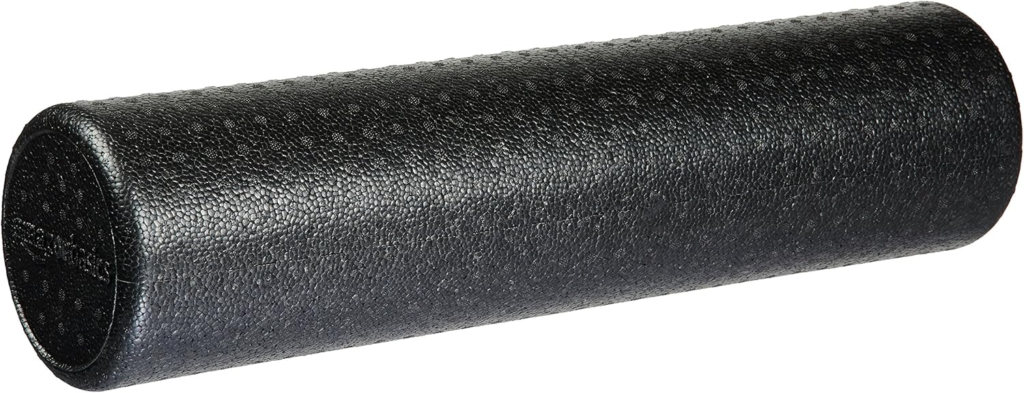
- Helps with muscle recovery and reduces soreness.
- Durable design with deep tissue massage capabilities.
- Great for pre- and post-workout use.
Strength Training vs. Bodyweight Exercises
Both strength training and bodyweight exercises have benefits for teens:
- Bodyweight Exercises: Safer for beginners, improve balance, and require no equipment.
- Strength Training: Builds muscle faster, increases bone density, and enhances athletic performance.
Recommended Product: Pull-Up Bar for Strength Training
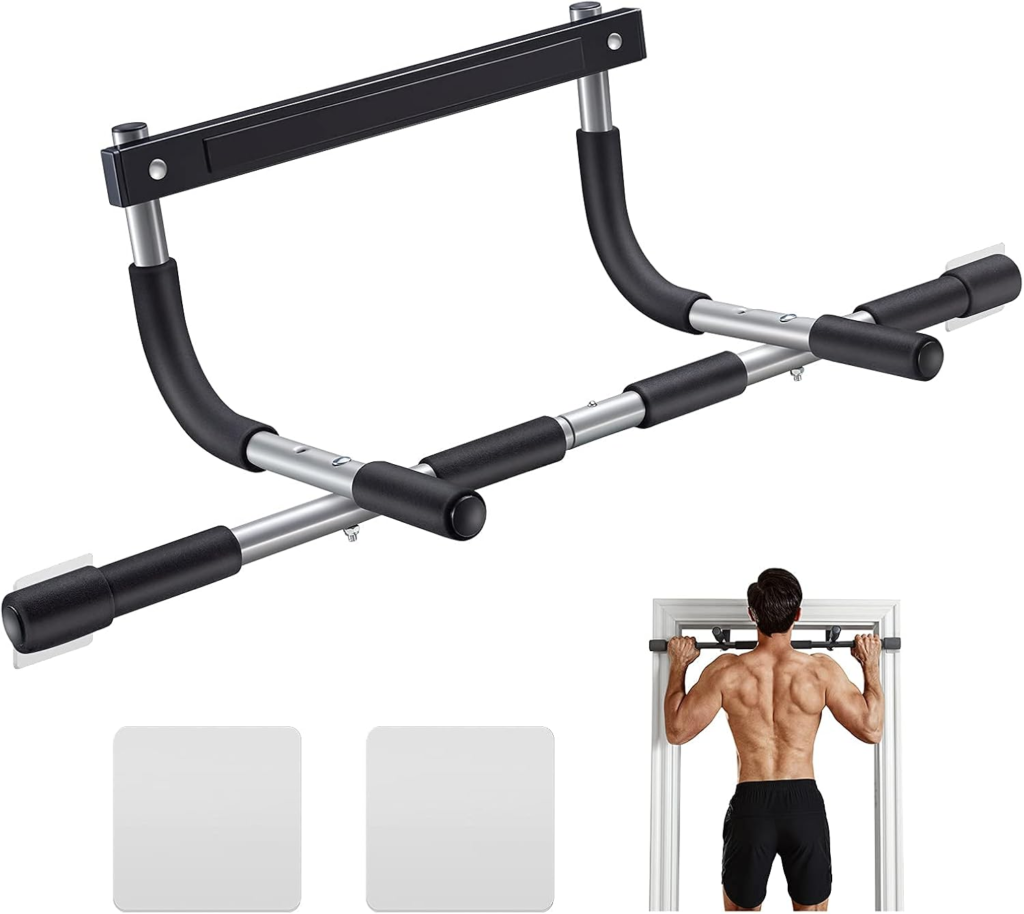
- Easy to install at home.
- Supports multiple exercises like pull-ups, chin-ups, and leg raises.
- High weight capacity with anti-slip grips for safety.
Common Myths About Teen Muscle Growth
There are many misconceptions about muscle building for teens. Here are some myths debunked:
- Myth: Lifting weights stunts growth. (Fact: Strength training, when done correctly, supports bone and muscle development.)
- Myth: Teens should train like professional bodybuilders. (Fact: Teens need balanced workouts, not extreme bodybuilding routines.)
- Myth: Protein shakes alone build muscle. (Fact: Proper diet, rest, and training are all necessary for growth.)
Staying Consistent and Tracking Progress
Building muscle takes time, and consistency is key. Setting goals, tracking progress, and celebrating small wins will keep teens motivated.
Ways to track progress:
- Keep a workout journal or use fitness tracking apps.
- Take progress photos every few weeks.
- Measure strength gains by tracking reps and weights lifted.
Recommended Product: Fitness Journal & Planner
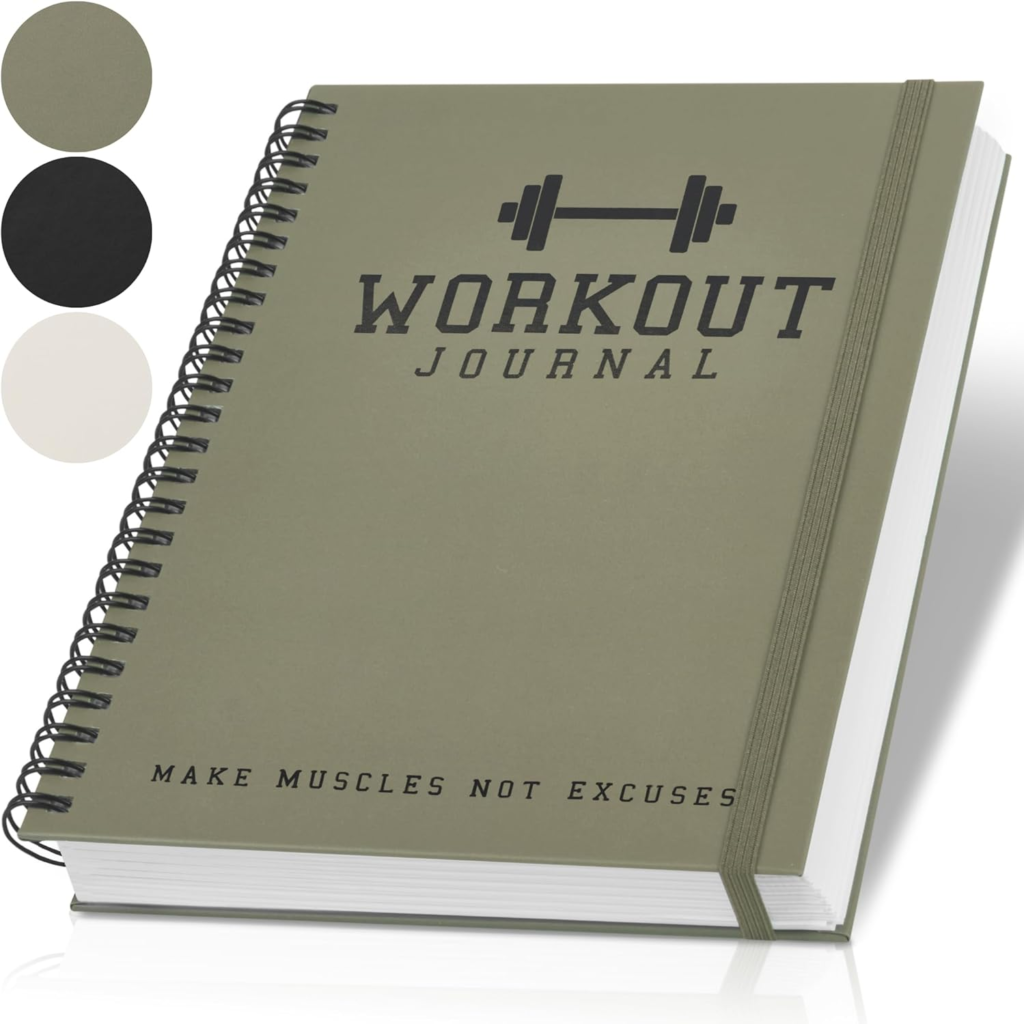
- Helps track workouts, nutrition, and progress.
- Motivational layout with goal-setting features.
- Encourages consistency and improvement.
Final Tips for Long-Term Success
To build muscle safely and effectively, teens should:
- Stay patient and trust the process.
- Focus on form and gradual progress.
- Incorporate proper nutrition and hydration.
- Avoid comparing their progress to others.
- Seek guidance from trainers, coaches, or reputable fitness resources.
Recommended Product: Home Workout Resistance Bands
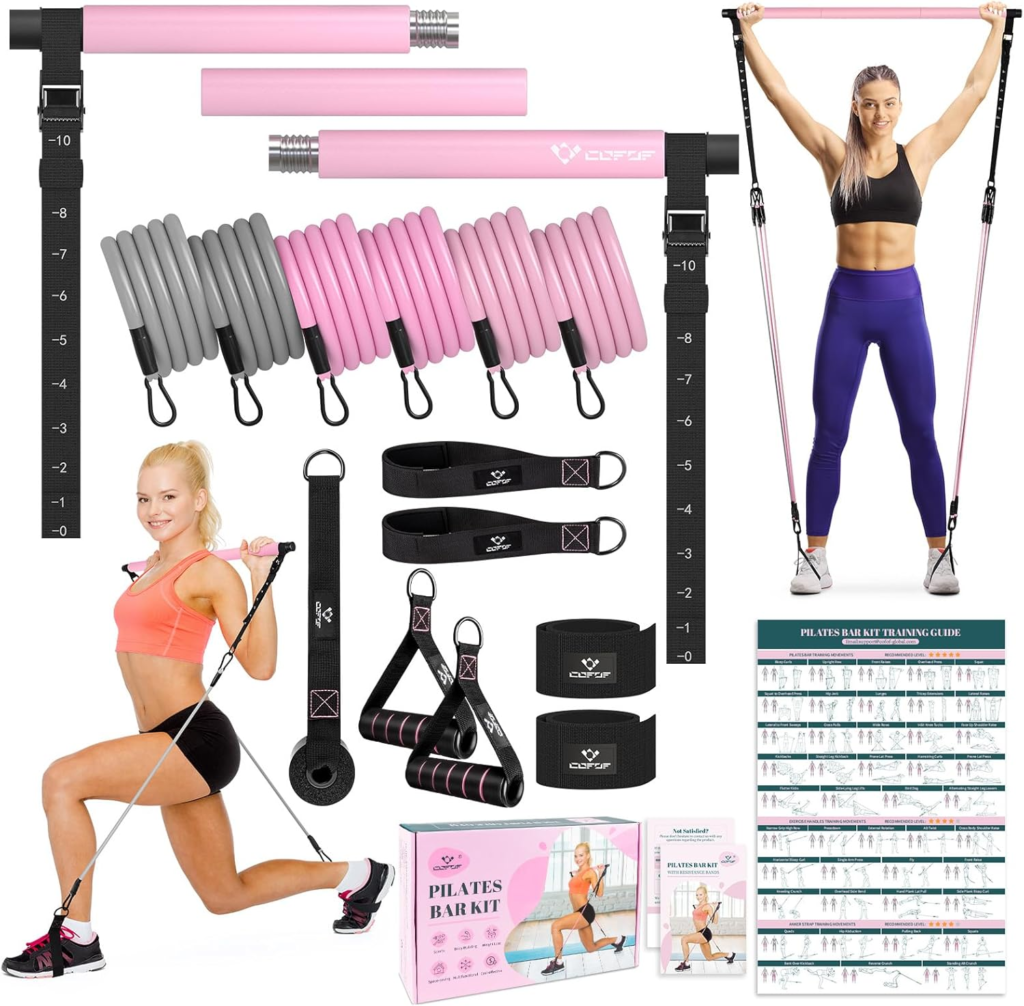
- Versatile for full-body workouts.
- Safe alternative to weights for beginners.
- Lightweight and travel-friendly.
Conclusion
Building muscle as a teen can be both safe and rewarding when done correctly. By following the right workout routine, focusing on proper nutrition, prioritizing rest, and using the right tools, teens can develop strength and confidence while reducing the risk of injury. Investing in high-quality fitness products from Amazon can make workouts more effective and enjoyable. Start your fitness journey today with the best tools and habits for long-term success!